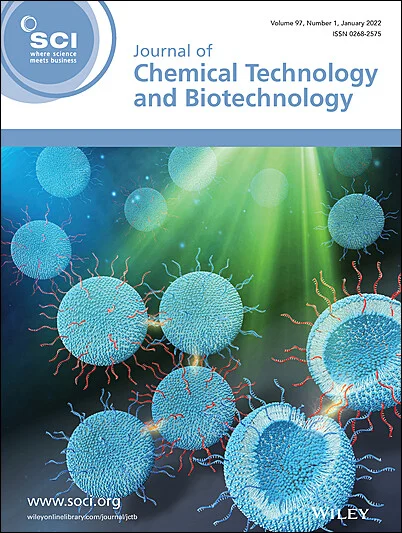Green preparation of Fe3O4/HA/CS magnetic nanoparticles for oil–water separation
Abstract
BACKGROUND
Demulsification using chitosan (CS)-coated magnetic nanomaterials has garnered significant attention. However, traditional methods for synthesizing chitosan (CS)-coated magnetic nanomaterials are often contaminated, laborious, and time-consuming. Moreover, they showed poor demulsification efficiency due to the occupation of free amino groups in CS by crosslinking agents.
RESULTS
CS-coated Fe3O4 magnetic nanoparticles (MNPs) were synthesized using humic acid (HA) as a bridge. The Fe3O4/HA/CS MNPs are recyclable demulsifiers for hexadecane-water microemulsions. The impacts of MNP dosage, separation time, and pH on demulsification efficiency were studied comprehensively. Compared with Fe3O4/HA and Fe3O4/CS MNPs, the demulsification efficiency of the Fe3O4/HA/CS MNPs was superior. The pseudo-second-order kinetic model and the Sips isotherm best describe the demulsification process. Combined with the influence factors of demulsification efficiency, the demulsification mechanism involves electrostatic interactions between MNPs and oil microparticles. The maximum adsorption capacity for oil by the Fe3O4/HA/CS MNPs was 91.73 mg g−1.
CONCLUSION
This research presents a new method for connecting CS to MNPs with a high surface positive charge. As synthesized Fe3O4/HA/CS MNPs is expected to serve as highly efficient and recyclable demulsifiers for emulsified oil wastewater. © 2024 Society of Chemical Industry (SCI).


 求助内容:
求助内容: 应助结果提醒方式:
应助结果提醒方式:


